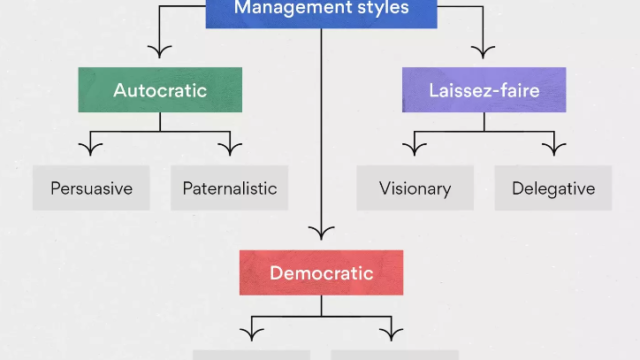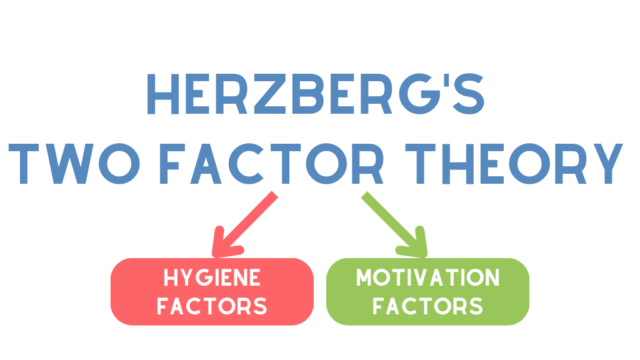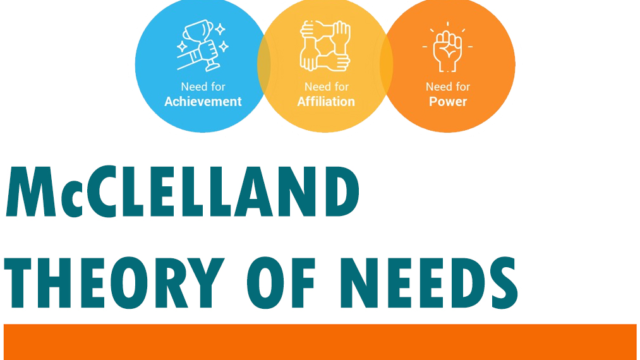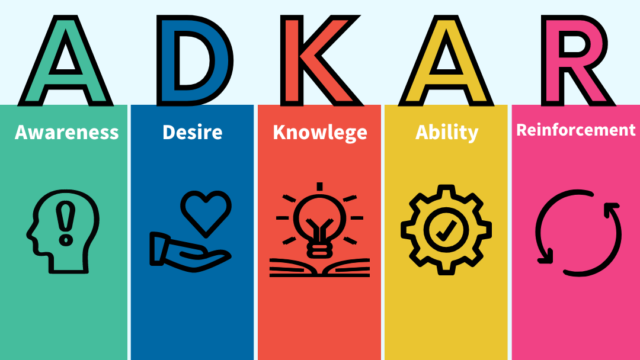Kübler-Ross Change Management Model
The Kübler-Ross change management model, also known as the Five Stages of Grief model, was developed by Swiss psychiatrist Elisabeth Kübler-Ross in her 1969 book "On Death and Dying." The model describes the emotional stages people go through when facing significant changes or losses in their lives, such as the death of a loved one or a major organizational change.

The five stages of the Kübler-Ross model are:
- Denial: Initially, people may refuse to believe that a change or loss is happening. They may try to maintain the status quo or pretend nothing has changed.
- Anger: People may feel angry about the change or loss as reality sets in. They may blame others for the situation or feel a sense of injustice.
- Bargaining: In this stage, people may try to negotiate or bargain with others to avoid change or loss. They may also deal with a higher power or try to find a compromise.
- Depression: As the reality of the change or loss becomes clear, people may feel sad, hopeless, and helpless. They may withdraw from others or lose interest in their usual activities.
- Acceptance: In the final stage, people accept the change or loss and move forward. They may feel a sense of peace or renewed energy.
The Kübler-Ross model is vital for organizations and trainers because it can help them understand individuals' emotional reactions to change and develop strategies to support people. By recognizing that change is not just a rational process but also an emotional one, organizations can help employees to transition more smoothly and reduce resistance to change.
An analogy that can explain the Kübler-Ross model is that of a rollercoaster. Like a rollercoaster, the change process can be filled with ups and downs, twists and turns. At times, people may feel like they are on top of the world, while at other times, they may feel like they are plummeting toward the ground. Recognizing that these emotional reactions are a normal part of the process makes people feel more prepared and supported.
Another analogy that can be used is a caterpillar turning into a butterfly. The caterpillar goes through metamorphosis, which involves a significant change in form and function. Similarly, people going through a change process may experience a transformational process, where they must let go of old ways of thinking and behaving and embrace new ones.
A real-life example of the Kübler-Ross model in action is the case of a company undergoing significant restructuring. In the denial stage, some employees may refuse to believe that the changes are necessary or that they will affect their jobs. Some employees may become angry with management or feel a sense of injustice in the anger stage. In the bargaining stage, some employees may try negotiating for better terms or find ways to avoid the changes. In the depression stage, some employees may become disengaged or lose motivation. In the acceptance stage, some employees may begin to see the benefits of the changes and become more committed to the new direction.
Another real-life example is the case of a person facing a terminal illness. In the denial stage, the person may refuse to believe that they are sick or that the illness is serious. In the anger stage, the person may feel angry about their situation or about the unfairness of life. In the bargaining stage, the person may try negotiating with doctors or a higher power for a cure or longer life. In the depression stage, the person may feel sad or hopeless about their situation. In the acceptance stage, the person may come to terms with their illness and focus on making the most of their remaining.
The Kübler-Ross change management model can be used in various settings, including personal and professional contexts. Here are some examples of how and where to use this model:
Organizational Change Management: When an organization undergoes a significant change, such as a merger, acquisition, or restructuring, the Kübler-Ross model can help employees understand and navigate their emotions during the change process. This can help reduce resistance to change and increase buy-in and engagement.
Personal Growth and Development: The Kübler-Ross model can help individuals navigate major life changes, such as losing a loved one, a divorce, or a career change. By understanding the stages of grief and change, individuals can process their emotions more effectively and move forward healthily.
Training and Development: Trainers can use the Kübler-Ross model to help employees build resilience and emotional intelligence. By teaching employees how to recognize and manage their emotions during times of change and uncertainty, trainers can help build a more adaptable and resilient workforce.
The Kübler-Ross change management model can be a valuable tool for anyone navigating or supporting others through change. By understanding the emotional stages of change, individuals and organizations can build greater resilience, reduce resistance to change, and emerge stronger on the other side.
Founder
Related Topics
Kübler-Ross Change Management Model 0 reviews
Login to Write Your ReviewThere are no reviews yet.














